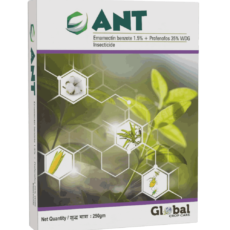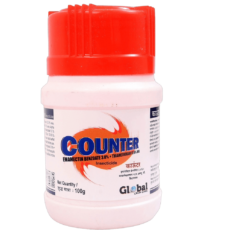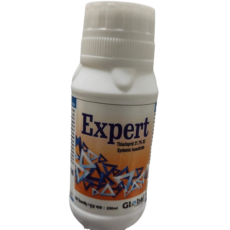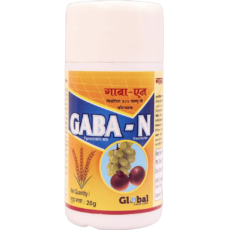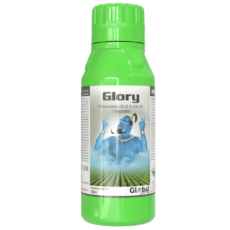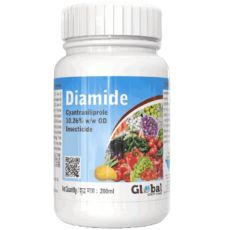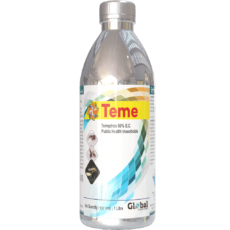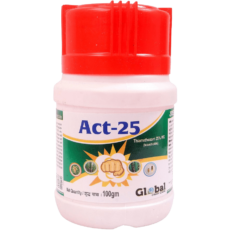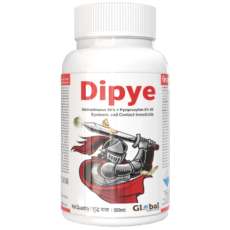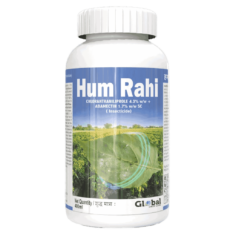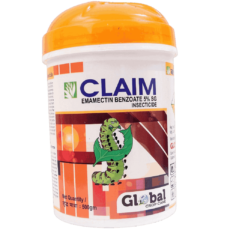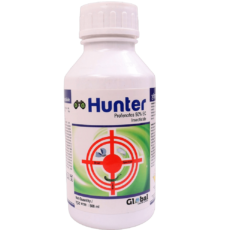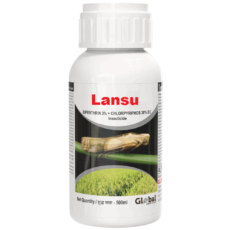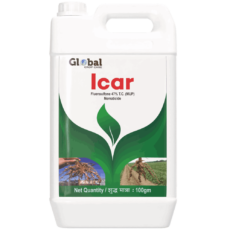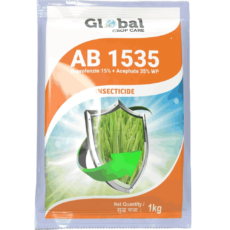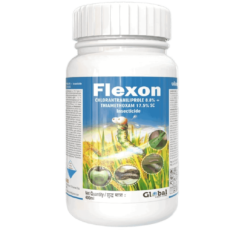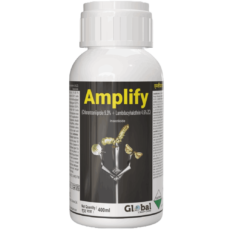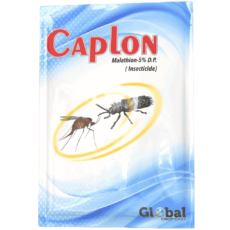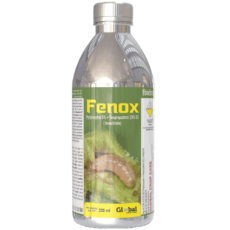Description
Recommendations:
| Crop(s) | Common Name of Pest | Dosage/HA | Dilution in Water (lts) | Waiting Period between last spray to harvest (days) | |
| AI (gms) | Formulation (gms) | ||||
| Chilli | Mites, Thrips, Jassids, Aphids, & whitefly | 22.75+273 | 650 | 500 | 7 |
Mighty, Hexythiazox 3.5% + Diafenthiuron 42% WDG is a water dispersible granule containing Hexythiazox 3.5% (a.i.) + Diafenthiuron 42% (a.i.) in the formulation. It is used for the control mites, thrips, jassids, aphids, & whitefly on chilli. Caution: – Product is highly toxic to bees exposed to direct treatment, thus should be avoided during active foraging period of bees and very toxic to aquatic invertibrates, dangerous to re-use empty containers.
Direction of Use
The required quantity of Hexythiazox 3.5% + Diafenthiuron 42% WDG need to be diluted in water with spray volume @ 500L/Ha for Chilli at the dose @ 650g/ha.
Mode of Action
Mighty is a broad spectrum acaricide with ovicidal, larvicidal, as well as nymphicidal activities with long -lasting effect against many kinds of mites. It is effective against economically very important pest like mites on Tea, Chilli and Apple.
Recommethod of Use
Measure out required quantity of the product and mix it well with a small quantity of water. Add the remaining quantity of water as specified with thorough agitation for high volume of application through knapsack sprayers of high volume sprayers.
Precaution
Read & follow all the instructions on the label & leaflets very carefully. Save the container with label to show to the physician in case of accidental poisoning. Avoid release to the environment. Avoid further leakage or spillage. Do not contaminate streams, ponds, waterways, etc. by discharging left over material into them. Wear respiratory protection. Wear full protective clothing/equipments like full sleeve shirt, full pant, face mask, respiratory protection, shoes, gloves, etc. while handling the product. Avoid dust formation. avoid breathing vapours, mist or gas. Ensure adequate ventilation. Do not eat, drink, smoke, or chew betel leaves while spraying insecticide. In case of any spillage on the body, it should be washed with plenty of water and soap. Always change clothing and take bath as soon as treatment is completed. Call a physician immediately if any symptoms of poisoning appear in a person who is using or has recently used the insecticide.
Symptoms Of Poisoning
Mild eye irritation with tearing pain of blurred vision, itching, burning redness, swelling or rash or skin. Vapor inhalation may cause irritation of the upper respiratory passage with coughing & discomforts. based on animals tests, massive overdose might lead to signs of neurotoxicity. Prolonged over exposure would be expected to results in loss of body weights mild reversible amentia. Dyspnea, exophthalmoses, ruffled fur and abnormal body positions may occur.
First Aid
1. If ingestion: If person is conscious and alert, rinse mouth with water and give 1 or 2 glass of water to drink. Never give anything by mouth to an unconscious person. Call the doctor. Do not induced vomiting until and unless desired by attending physician. 2. If inhaled: Take the patient to fresh air and take care of body temperature. It patient is not breathing or breathing with difficulty, give artificial respiration, preferably with mouth breathing. consult a physician. 3. In case of skin contact: Take off immediately all contaminated clothing. Wash with soap and plenty of water. If pain, redness or irritation persists, consult a doctor. All the contaminated clothes should be segregated and thoroughly washed with soap and water separately before use. 4. In case of eye contact: Rinse gently with plenty of water at least 15 minutes. If pain, irritation, redness or photophobia persists, consult eye specialist.
Phytotoxicity
–
Antidote
No specific antidote known. Treat symptomatically and give supportive therapy.



